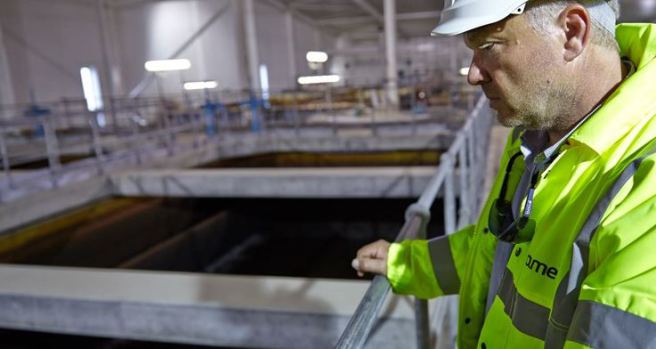Kier has been awarded a £34.5m contract with Royal London Asset Management for improvement works at Parnell House, a mixed-use development on Wilton Road in Victoria, London.
The works will take place as part of the large-scale regeneration projects currently being undertaken to develop and modernise Victoria as one of central London’s most desirable locations.
Kier Construction will undertake the redevelopment of Parnell House, which involves the infilling of the central atriums at the first six levels, to deliver additional office floor area, and the construction of an additional three floors, to provide space for 14 high-end residential units.
To enable the new residential units to be built, the existing post-tensioned roof slab will be replaced by a substantial reinforced concrete transfer structure to carry the residential column layout above.
Cliff Thomas, managing director of Kier Construction in London, said: “The redevelopment of Parnell House is a key phase in the overall redevelopment of Victoria. We will deliver a high-end mixed-use scheme while maintaining continuity of service for the existing tenant, J D Wetherspoon, who will occupy the ground floor of the building throughout the construction period.
“We are also mindful of party wall considerations with the Grade II listed Apollo Theatre and Neathouse Place office block, and will bring our wealth of redevelopment experience to ensure a high quality finish.”
Works have started on site and are expected to complete in spring 2017.








